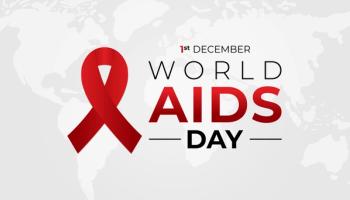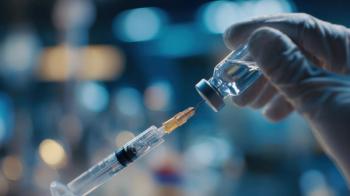
Center for Health Research Report Estimates $1 Trillion in Savings via Prevention and Wellness over 10 Years
Savings could reach more than $1 trillion over a period of 10 years if 25% of individuals participate in risk reduction and prevention programs.
The Center for Health Research (CHR) at Healthways recently released a report providing support for prevention and wellness programs as a means for reducing healthcare costs.
The study, “Savings Potential from Prevention and Risk Reduction for the Commercially Insured,” applies various risk-reduction situations to an actuarial model based on the five-year healthcare experience of more than 4.2 million insured Americans from ages 0 to 64 years.
“Through our work with the Gallup-Healthways Well-Being Index, Healthways is working to determine what issues are affecting well-being in communities, states and regions,” says Allison London Brown, Healthways’ vice president of Well-Being. “Finding out what is going on beneath the surface in these communities will enable individuals and leaders to address these root causes. Ultimately, this knowledge can be a tool in the fight to turn around the obesity epidemic in Tennessee [tied for the second-most-obese state in the nation], or calling for smoking cessation program funding in Charleston, W.V., which has the highest smoking rates in the country. This same work can be done with businesses as well. The Healthways Well-Being Assessment looks at employee populations and determines the best way to serve their individual needs.”
According to the report:
- Healthcare costs for individuals born in 2008 will average $243,000 by the time they reach 65.
- Reducing health risks in 10% of individuals, beginning at age 25, would generate an average health care cost savings of $180 for each individual every year until the age of 64.
- Savings could reach more than $1 trillion over a period of 10 years if 25% of individuals participate in risk reduction and prevention programs.
“Healthways believes that a national focus on health, well-being and prevention in any form is a necessity for this country,” says Brown. “It's the right move on so many levels: socially, economically and to strengthen communities and raise smarter, healthier children. Two thirds of chronic diseases are preventable and are due to lifestyle choices, but right now America is a chronic disease-making machine. We have to alter that trend by focusing on health and well-being so those who are healthy never become a part of the epidemic.”
Newsletter
Get the latest industry news, event updates, and more from Managed healthcare Executive.






















































